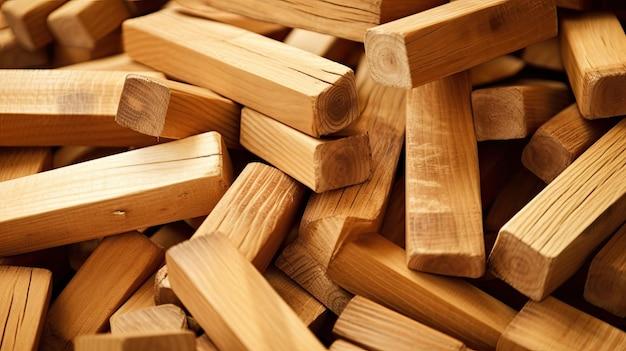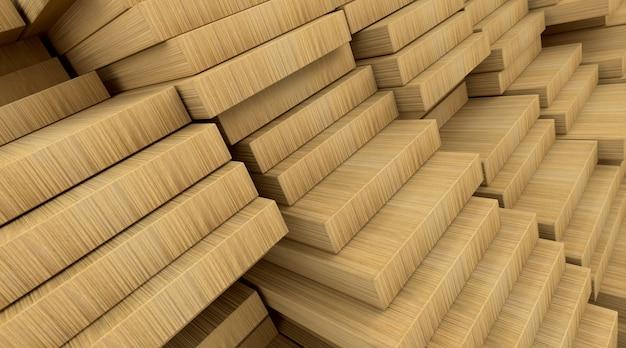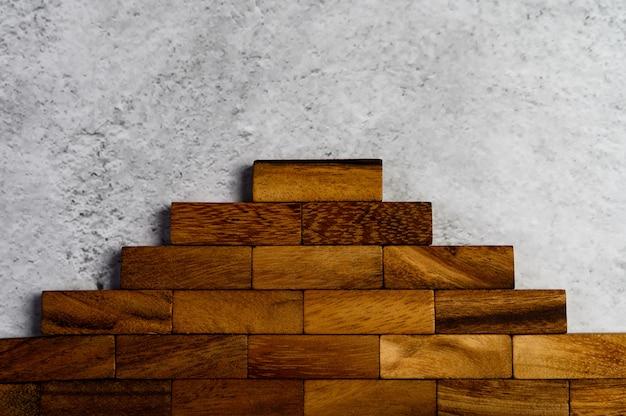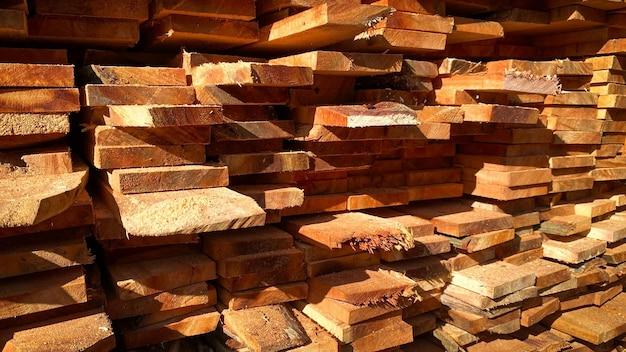
Ship modelling is a rewarding hobby that demands skill, diligence, and an eye for detail. Whether you’re an experienced hobbyist or a beginner embarking on the journey of wooden model ships, one of the key choices you’ll make is picking the right wood for your project. The type of wood affects not only the appearance of the final product but also its strength and ease of manipulation. In this guide, we explore the features of various woods widely used in ship modelling, helping you sail through the options with confidence.
Wood Selection Criteria:
Before diving into specific wood types, it’s important to understand the factors for choosing wood for ship modelling. Ideally, the selected wood should be easy to handle, have good structural stability, and show fine grain patterns suitable for fine detailing. Additionally, aspects such as availability, cost, and historical accuracy may also impact your decision
1) Basswood:

Basswood, renowned for its light color and uniform texture, is a favorite among model shipbuilders. Its softness makes it easy to carve and shape, while its fine grain allows for intricate detailing. Basswood's affordability and widespread availability make it an excellent choice for beginners and experienced modellers alike.
2) Balsa Wood:

While not as commonly used as basswood, balsa wood offers unique advantages in ship modelling. Its exceptional lightness and buoyancy make it ideal for constructing hulls and decks, particularly for models intended for display rather than sailing. However, its relatively coarse grain may pose challenges for intricate carving and detailing.
3) Cherry:

Cherry wood, prized for its rich color and smooth texture, adds a touch of elegance to wooden model ships. Its moderate hardness strikes a balance between ease of carving and structural strength, making it suitable for various components, including planking and decorative elements. While slightly more expensive than basswood, cherry's aesthetic appeal makes it a popular choice for discerning modellers.
4) Mahogany:

Renowned for its deep reddish-brown hue and natural luster, mahogany exudes sophistication in ship modelling. Its exceptional stability and resistance to warping make it ideal for crafting hulls, decks, and other structural components. While mahogany may be costlier and harder to source than other woods, its timeless beauty and durability justify the investment for serious enthusiasts.
5) Walnut:

Walnut's rich dark brown color and distinct grain patterns lend a touch of character to wooden model ships. Its medium hardness strikes a balance between workability and strength, allowing for intricate detailing without sacrificing structural integrity. While walnut may be pricier than other options, its luxurious appearance and versatility make it a preferred choice for premium-quality models.
Conclusion:
In the vast ocean of choices for ship modelling woods, each option carries its own set of advantages and considerations. Whether you opt for the affordability of basswood, the elegance of cherry, or the timeless beauty of mahogany, the key lies in selecting a wood that aligns with your project's requirements and your skill level as a modeller. The journey of crafting wooden model ships is as rewarding as the final destination, and the choice of wood is but one element in bringing your maritime masterpiece to life.
In this guide, we've explored various woods commonly used in ship modelling. For enthusiasts seeking high-quality wooden model ships, companies like Premier Ship Models offer a wide selection of meticulously crafted replicas, ensuring an authentic and immersive experience for collectors and hobbyists alike.
